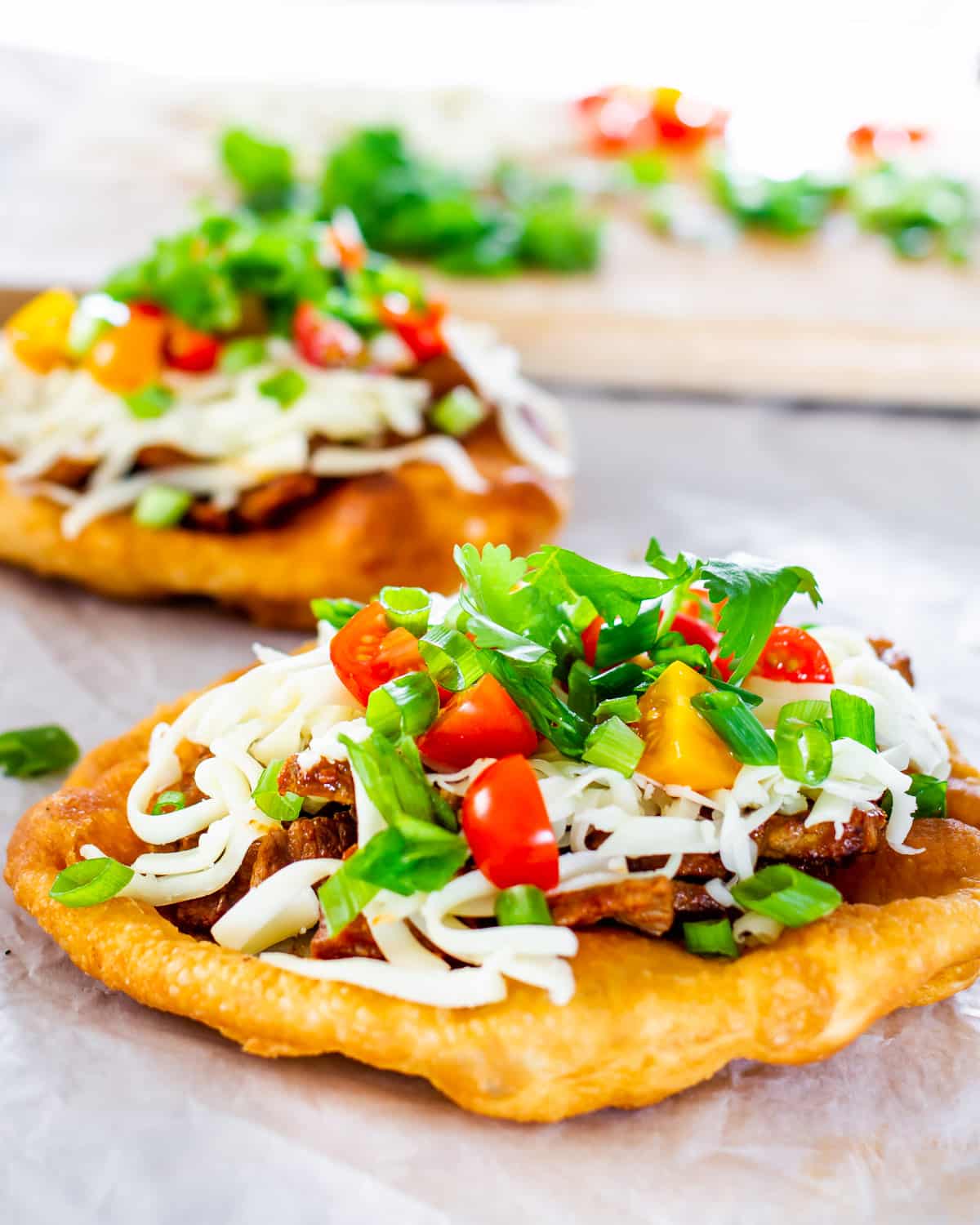Three Sisters Soup was first cultivated by Iroquois in New York during winter. It consists of the "Three Sisters" crops used by New England tribes- corn, squash, and beans.

Apache Corn Cake was first made by the Arizona tribe using what little resources they could find surrounding them. This dish is made from acorn, honey, cornmeal, and melted butter.
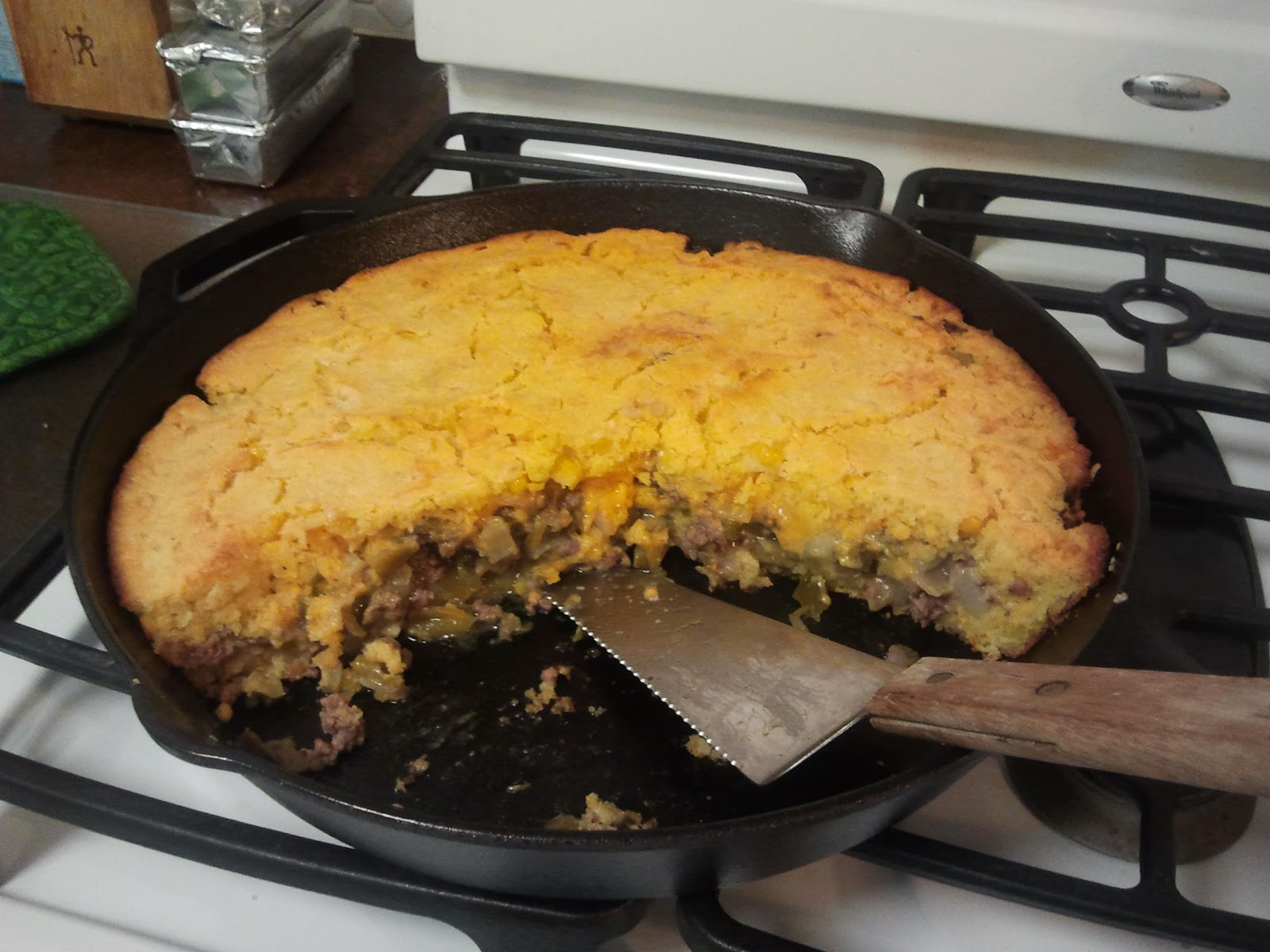
This sweet baked pumpkin treat is made by the Chippewa Nation of the North Eastern United States. The dish consists of a small pumpkin, maple syrup, apple cider, and butter.
The Fancy Dance is one of the most common dance styles performed by men at Pow-Wows. Fancy Dance originates from the Ponca Nation of Oklahoma. Every step, turn, and movement the man makes is timed perfectly to a drum. The men wear brightly colored feathers and intricate bead work as their regalia.
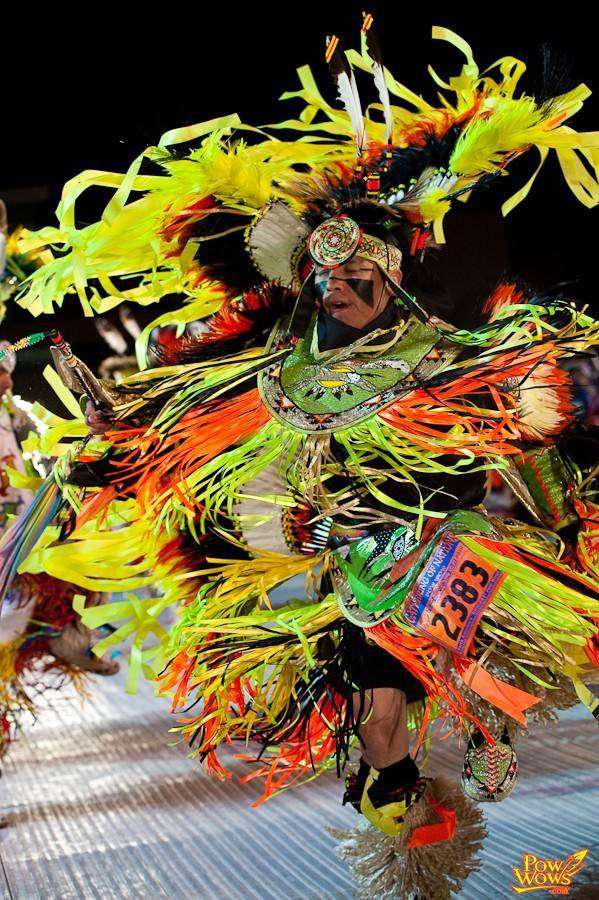

The Rain Dance is self-explanatory. It is a way to be put in the Gods’ favors and make it rain so the tribe's crops can grow. Cherokee Nation is best known for this dance. According to the Cherokee legend, the rain that falls is filled with the spirits of past Chiefs, and when they fall, they battle all the bad spirits surrounding the tribe. As Natives were relocated, the US Government began banning different dances and traditions of the tribes. They did not, however, ban the Rain Dance because the tribes told officials it was a completely different dance, not based on their tribal beliefs. Feathers represent wind during the dance, and they have tortoises on their regalia to represent rain. Early Native Americans have even been credited and early meteorologists during their dances.
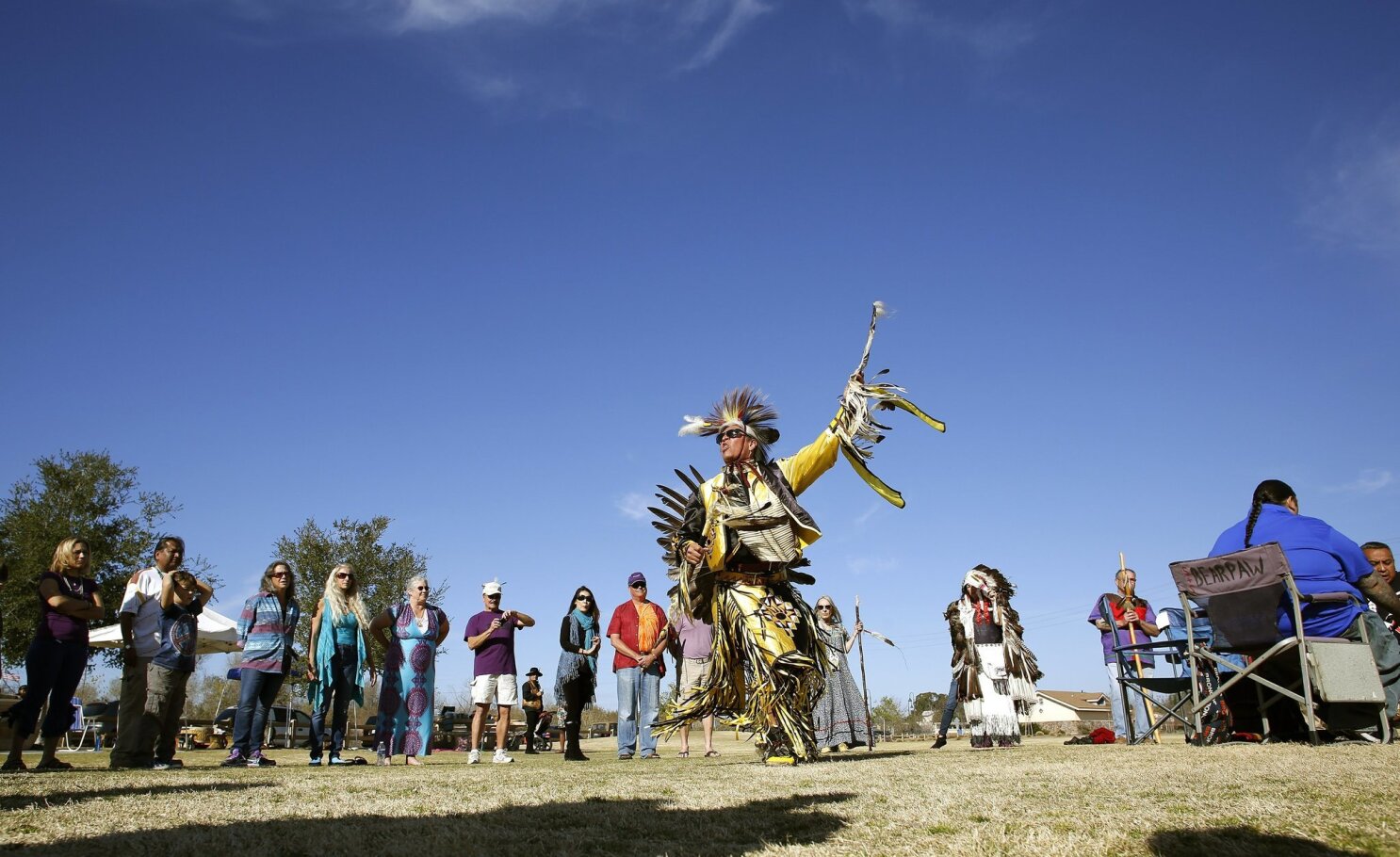
Fry Bread, or Bannock Bread, is a Navajo tradition, though common in most tribes today. Bannock was first made in 1864 when Navajos were given "food" from the US government during their forced removal from Arizona to New Mexico. The bread is made of flour, sugar, salt, and lard. Many people today, both Native and non Native like to add flavor to their Bannock, such as grape or strawberry jam.
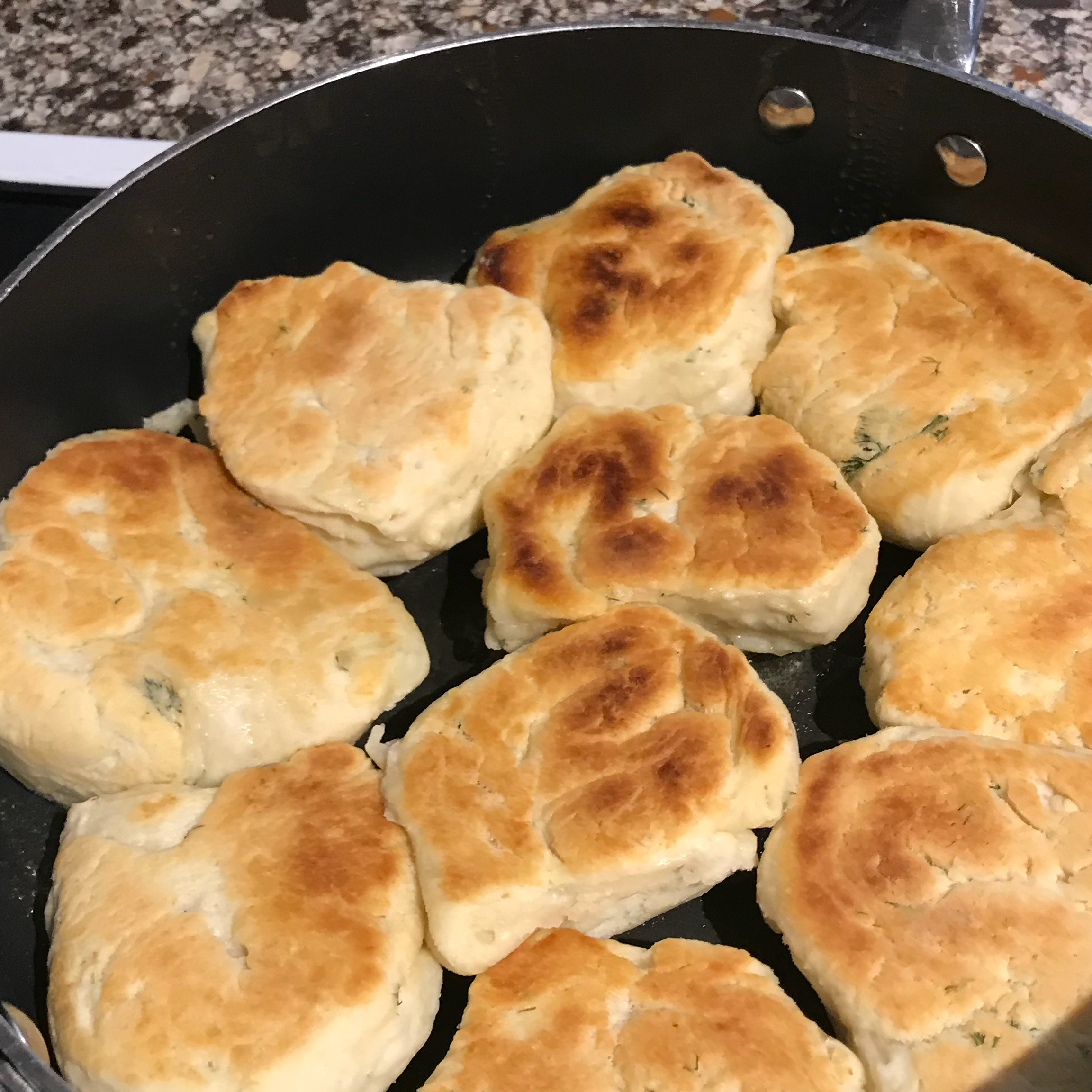
Grape Dumplings are a dish coming from the Cherokee Nation of Oklahoma. Using cornmeal and salt to make dough, you then add grapes over grape juice.

In the late 1830s, Cherokees living in the East were forced to move West with those who had voluntarily done so. This journey was long and miserable, with many people dying. The Elders of the tribe knew that the children could only survive this walk with the help of their mothers. They called upon a God, Gal v la di e hi, telling Him what was happening. He told him He would give them a sign showing them how much He cared. Gal v la di e hi told the Elders that where the women on this path cried, He would grow a plant with seven leaves, one for each Cherokee clan. In the center of the plant, there would be gold, representing the white man’s greed for the gold found on the Cherokees’ land. The next morning, they saw the plants quickly growing behind them as they turned around. They felt strong and beautiful, just like the plants.

Berry Pudding, also called Wojapi Sauce, is a mixture of strawberries, blueberries and raspberries. Together, they make a "sauce" and with sugar and bread, you get the pudding.

Pow-Wows are large get togethers that are planned for weeks before taking place. The event begins with the Grand Entry, where everyone enters the ‘circle,’ or where the Pow-Wow will be taking place. When Pow-Wows first became popular, there was an entire parade dedicated to the entrance, and some tribes still practice this tradition. As people enter, they stand as flags are brought in. The flags usually include the United States flag, flags of the tribes, the POW flag, and different Eagle Staffs. Though the United States’ treatment of indigenous tribes has not been kind, the flag is carried to honor ancestors who fought against the colonies, and for veterans. Following those carrying the flags are Chiefs, their daughters, elders, and Pow-Wow officials. Then come the male dancers and the female dancers. Once everybody is there, a prayer is said before the dancing commences. When different tribes join for a Pow-Wow, they share their songs with each other. The outfits worn by dancers are commonly brightly colored, and seen as a way of life.
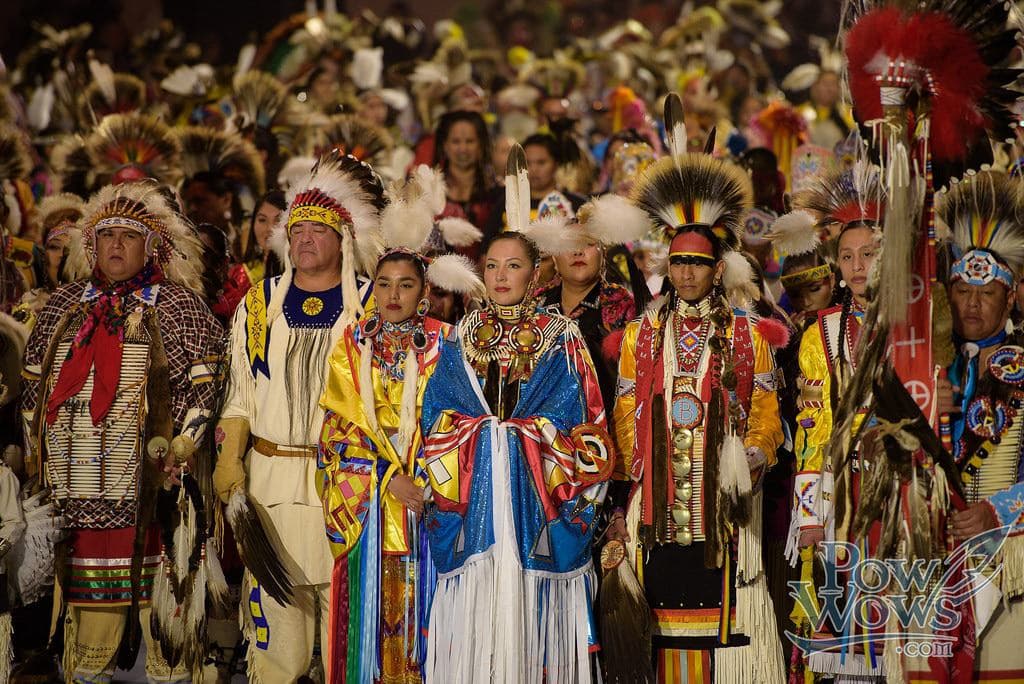

Wahonpi Soup is a Lakota dish, who hail from North and South Dakota. The dish is made of bison meet (many tribes now using beef), potatoes, and carrots.

Tanka-Me-A-Lo is the Native name for Buffalo Stew. The perfect winter dish consists of sweet potatoes, buffalo, onions, mushrooms, and carrots.
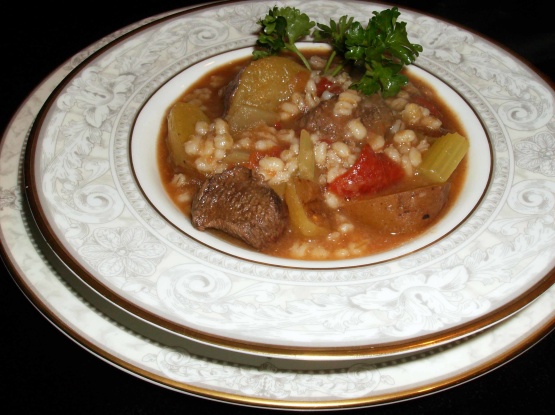
The Grass Dance is acknowledged in Omaha-Ponca and Dakota-Sioux tribes, but it is now considered intertribal. As the United States government continued to convert and remove Native tribes, it became more important to preserve dances and share them with others. It is believed the Grass Dance was inspired when men would hop on grass to flatten it in their new land. Though the Grass Dance is commonly marked as a warrior dance, women are also known to dance. The easiest way to tell Grass Dance regalia from other dance regalia is the yarn incorporated. Usually feathers adorn regalia, but for the Grass Dance they are only used on the headpiece.

Navajo Tacos are similar to Bannock, using the same bread, the meal just adds toppings. Placed on top of the bread you will find ground beef, yellow onion, garlic, spices, kidney beans, tomatoes, and green chili peppers.
